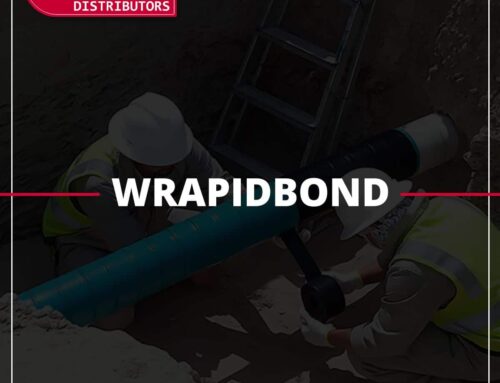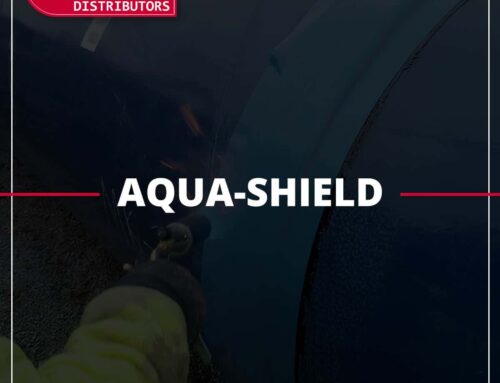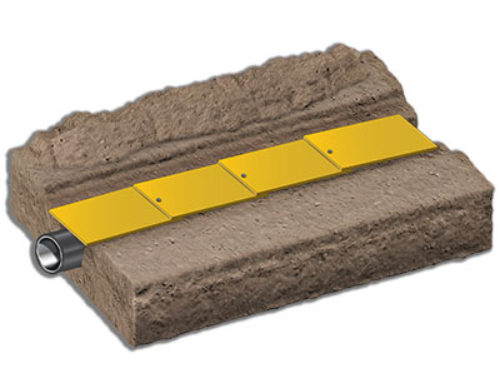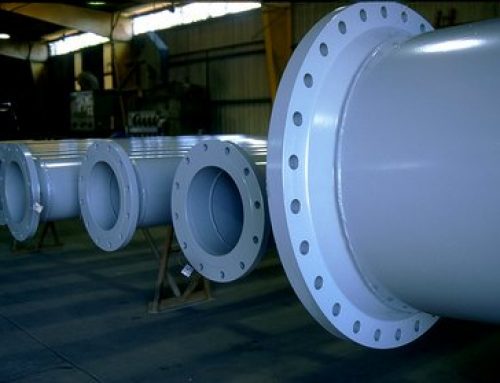[cs_content][cs_section parallax=”false” separator_top_type=”none” separator_top_height=”50px” separator_top_angle_point=”50″ separator_bottom_type=”none” separator_bottom_height=”50px” separator_bottom_angle_point=”50″ style=”margin: 0px;padding: 10px 0px;”][cs_row inner_container=”true” marginless_columns=”false” style=”margin: 0px auto;padding: 0px;”][cs_column fade=”true” fade_animation=”in” fade_animation_offset=”45px” fade_duration=”750″ type=”1/2″ class=”cs-ta-center” style=”padding: 0px;”][x_custom_headline level=”h1″ looks_like=”h3″ accent=”true” class=”cs-ta-center”]Testex Micrometer Thickness Gage[/x_custom_headline][cs_text class=”cs-ta-left”]Testex Micrometer Dial Thickness Gauge, Inch Units. To be used with Testex replica Press-O-Film Tape to measure the surface roughness of blast cleaned surfaces.
The Testex Gauge is a precision, spring-loaded Dial Thickness Gauge specifically designed for measuring thickness of Testex replica tape.
Range of .0001″ to .050″; resolution of .1 mil The Testex Micrometer is stocked in imperial units. A metric version is available by special order.[/cs_text][/cs_column][cs_column fade=”false” fade_animation=”in” fade_animation_offset=”45px” fade_duration=”750″ type=”1/2″ class=”cs-ta-center” style=”padding: 0px;”][x_image type=”none” src=”https://bwdist.com/wp-content/uploads/2017/09/testex-gauge.gif” alt=”Mitutoyo Micrometer Thickness Guage 7326SX” link=”false” href=”#” title=”” target=”” info=”none” info_place=”top” info_trigger=”hover” info_content=””][/cs_column][/cs_row][/cs_section][cs_section parallax=”false” separator_top_type=”none” separator_top_height=”50px” separator_top_angle_point=”50″ separator_bottom_type=”none” separator_bottom_height=”50px” separator_bottom_angle_point=”50″ style=”margin: 0px;padding: 45px 0px;”][cs_row inner_container=”true” marginless_columns=”false” style=”margin: 0px auto;padding: 0px;”][cs_column fade=”false” fade_animation=”in” fade_animation_offset=”45px” fade_duration=”750″ type=”1/1″ style=”padding: 0px;”][cs_text class=”cs-ta-center” style=”font-size:16px;”]Click below for the Individual Data Sheet[/cs_text][x_button size=”global” block=”true” circle=”false” icon_only=”false” href=”” title=”” target=”blank” info=”popover” info_place=”top” info_trigger=”hover” info_content=”Click to Download or View Data Sheet”][x_icon type=”download” class=”mvn mln mrs”]Data Sheet Unavailable[/x_button][/cs_column][cs_column fade=”false” fade_animation=”in” fade_animation_offset=”45px” fade_duration=”750″ type=”1/1″ style=”padding-top: 20px;”][x_prompt type=”left” title=”Need Help?” message=”<strong>Questions?</strong> Call us for technical support, product information or help with any questions.” button_text=”480.924.8883″ button_icon=”phone” circle=”false” href=”tel:+14809248883″ href_title=”Call B&W Distributors” target=””][/cs_column][/cs_row][/cs_section][cs_section parallax=”false” separator_top_type=”none” separator_top_height=”50px” separator_top_angle_point=”50″ separator_bottom_type=”none” separator_bottom_height=”50px” separator_bottom_angle_point=”50″ style=”margin: 0px;padding: 45px 0px;”][cs_row inner_container=”true” marginless_columns=”false” style=”margin: 0px auto;padding: 0px;”][cs_column fade=”false” fade_animation=”in” fade_animation_offset=”45px” fade_duration=”750″ type=”1/1″ style=”padding: 0px;”][x_tab_nav type=”two-up” float=”top”][x_tab_nav_item title=”Testex Thickness Gage” active=”true”][x_tab_nav_item title=”Instructions” active=”false”][/x_tab_nav][x_tabs][x_tab active=”true”][/x_tab][x_tab active=”false”]
DETAILED STEP-BY-STEP INSTRUCTIONS FOR USING PRESS-O-FILM WITH A “TESTEX DIAL THICKNESS MICROMETER GAGE”:
Note: The graphic on each piece of tape will help you remember the new (Step 9) averaging procedure.
Step 1: Locate a representative site for measurement.
Step 2: Select an appropriate grade of Press-O-Film replica tape based on your target profile:
For 0.8 to 2.5 mils (20 to 64 um) => “Coarse” grade
For 1.5 to 4.5 mils (38 to 115 um) => “X-Coarse” grade
The primary range for measurement with replica tape is 0.8 to 4.5 mils (20 to 115 um).
Use of Coarse Minus grade (<0.8 mil or <20 um) or X-Coarse Plus grade tape (>4.5 mil or >115 um) should be restricted to checking measurements at the lower or upper ends of the primary range. Further information (pdf format) on X-Coarse Plus grade tape is available here.
Step 3: Prepare the snap gage: clean anvils, adjust zero point to read minus 2.0 mils, the thickness of the incompressible substrate. On a conventional Testex thickness gage a setting of minus 2.0 mils is equivalent to a setting of (plus) 8.0 mils. (Pre-setting the gage in this way subtracts the thickness of the incompressible plastic substrate automatically from all readings.)
Step 4: Pull a single piece of adhesive-backed tape free of its release paper. The Press-O-Film replica material is the 0.4 inch (1.0 cm) square white plastic film at the center of the adhesive-backed paper. A “bulls eye” circle of paper should remain behind on the release paper (i.e., it is not used in the measurement.)
Step 5: A pre-check of film thickness is good practice. Uncompressed X-Coarse grade has a foam thickness of 5.5 mils ( 140 μm ) ± 0.5 mils ( 12 μm ).
Step 6: Apply film to blasted surface. Press adhesive-backed paper to hold it firmly in place.
Step 7: Firmly compress replica film with the smoothest surface on the round-end rubbing tool provided, applying sufficient pressure to produce a replica with a uniform pebblegrain appearance. (In a pinch, the rounded edge of the tape dispenser is also an acceptable tool.) Use either a circular, or x-y rubbing motion. Fully compress all parts of the film but be careful not to slide the film with respect to the blasted surface by bumping edges of the circular paper cutout. In general, too much compression is safer than too little.
Step 8: Remove replica and place between anvils of micrometer gage, making sure replica is centered between anvils. Gage reading is a measure of average maximum peak-to-valley height of the blasted surface (when snap gage is adjusted as in step 3). If differing numerical values are obtained for the same site, the lowest value will tend to occur where the replica foam has been most completely compressed and therefore be the most reliable. Double check using a comparator.
Step 9: If a measurement with either Coarse or X-Coarse grade is in the 1.5 to 2.5 mil (38 to 64 μm) window (inclusive), take a 2nd reading with the OTHER grade. If both readings are in the 1.5 to 2.5 mil (38 to 64 μm) range, record the average as the observed profile.
Readings made with either grade that are outside this range – i.e., between 0.8 and 1.4 mils (20 to 37 μm) or between 2.6 and 4.5 mils (65 and 115 μm) – should be used as is, i.e. without averaging. Note: The graphic on each piece of tape will help you remember this new averaging procedure.
Note 1: Rolls of old formulation (non-HT) Press-O-Film can be safely used with these new instructions.
Note 2: If user circumstances warrant, the new (HT) tape can continue to be used with the old (non-averaging) instructions.
Note 3: “Average” = add the Coarse reading to the X-Coarse reading and divide by 2.
Note 4: Measurements made using the new POF-HT averaging procedure should be marked “HT”. If measurements are made without averaging, they should be marked “non-HT”.
Tape Range Illustration

[/x_tab][/x_tabs][/cs_column][/cs_row][/cs_section][/cs_content]






